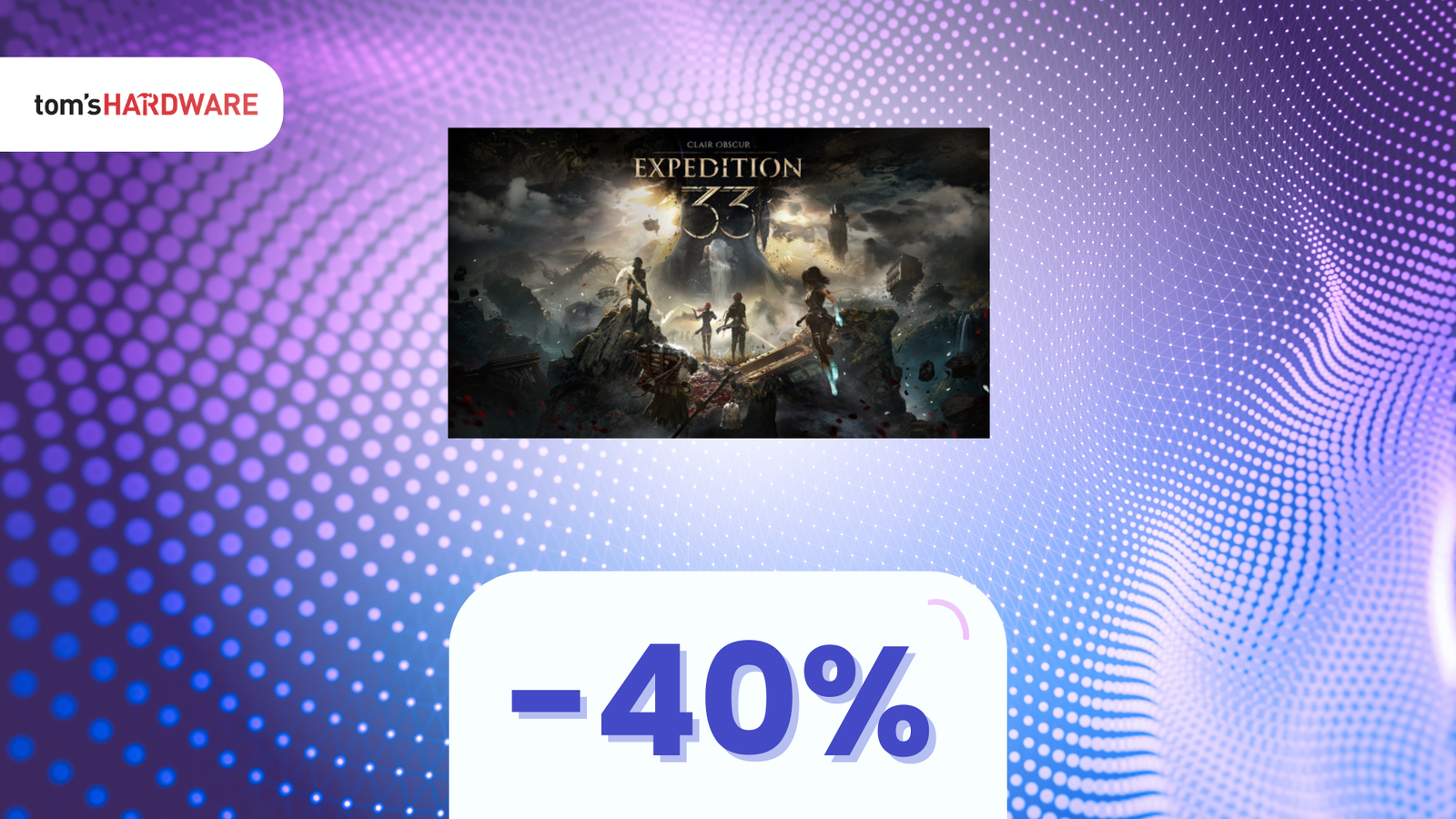Configurazione di prova e hardware
I benchmark che vedrete ci dicono che LoL non è un gioco esigente. Configurazioni SLI o CrossFire non risultano necessarie, perciò le soluzioni più potenti che abbiamo inserito in questo articolo sono la Radeon HD 7950 Boost e la GeForce GTX 660 Ti. LoL supporta tre display, quindi abbiamo incluso dei benchmark anche a 5760x1080. Il gioco soffre di alcune anomalie sui due monitor esterni, con unità che sembrano galleggiare piuttosto che muoversi mostrando movimenti con animazioni adeguate. Ciò comunque non impatta sul gameplay. Abbiamo testato anche diverse CPU, incluse le soluzioni mobile AMD A10-4600M (con Radeon HD 7660G integrata) e Intel Core i5-3210M (con HD Graphics 4000 integrata).
| Configurazione di prova | ||||||||
|---|---|---|---|---|---|---|---|---|
| Processore | Intel Core i5-3550 (Ivy Bridge) 3.3 GHz Base, 3.7 GHz Turbo Boost | |||||||
| Scheda Madre | Gigabyte Z77X-UP7, LGA 1155, Chipset: Intel Z77 Express | |||||||
| Rete | On-Board Gigabit LAN controller | |||||||
| Memoria RAM | Corsair Vengeance LP PC3-16000, 4 x 4 GB, 1600 MT/s, CL 8-8-8-24-2T | |||||||
| Hard Disk | Western Digital Caviar Black 1 TB, 7,200 RPM, 32 MB Cache, SATA 3Gb/s | |||||||
| Alimentatore | ePower EP-1200E10-T2 1,200 W, ATX12V, EPS12V | |||||||
| Software e Driver | ||||||||
| Sistema Operativo | Microsoft Windows 8 | |||||||
| DirectX | DirectX 11.1 | |||||||
| Driver Grafici | AMD Catalyst 13.3 Beta 3 Nvidia GeForce 314.22 Intel Graphics Driver 9.18.10.3071 | |||||||
| Benchmark | ||||||||
| League Of Legends | Custom THG Benchmark, 60-second Fraps run Practice With Bots, Difficulty: Beginner, Start Bench At 2:00 on Timer, Switch View To Other Teammates Every Five Seconds. | |||||||


